Apple Watch study gives insights into running and walking habits of more than 1,500 participants
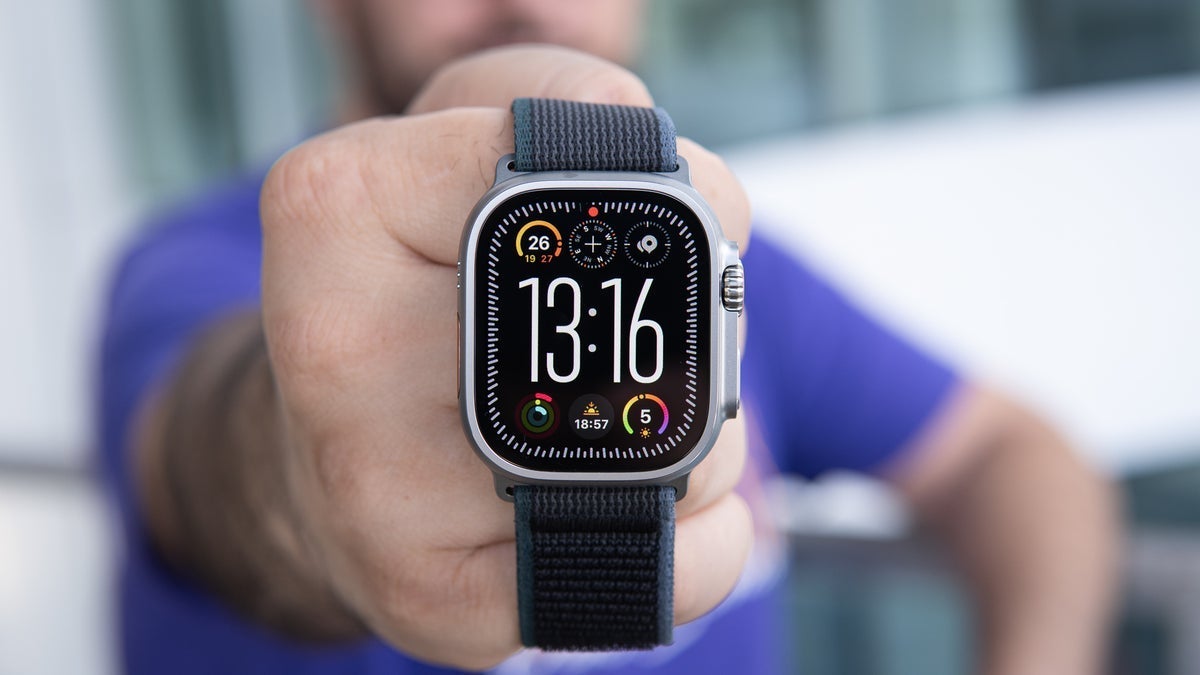
Curious about marathon runners? Also maybe looking into training to run a marathon yourself? A new Apple Watch-powered study offers some insight into the training habits of over 1,500 participants who ran an estimated 2,623 marathons throughout the study period, reports 9to5Mac.
The study was conducted by the Brigham and Women's Hospital. The data was taken from more than 1,500 participants who ran an estimated 2,623 marathons throughout the study period, which was from November 2019 to January 2024.
Since the study was launched, there have been over 197,700 participants who recorded at least one walking workout and about 99.400 with at least one running workout.
Also, the study provides estimates on the number of days it would take to complete a marathon (26 mi 385 yds or 42.195 km) based on the frequency of walks or runs and the distance traveled for 76,114 participants. That's based on data from April 2023.
From the data, the study concludes that half of the participants would walk and/or run 26.2 miles in 90 days or fewer. On average, it would take 334 days per marathon - that's so slow given the fact that some of the participants didn't log their runs or walks frequently. Of course, as you could probably guess, we're no talking about walking/running for 334 days straight.
In this post, the researchers weren't focusing on step count. However, a common approximation based on average stride length means 1 mile equates to roughly 2,000 steps. Yep, that means a marathon would be about 52,400 steps.
The study also provides some statistics. For example, we find more people with a BMI (Body Mass Index) between 18.5 and 24.9 as the distance that was walked or run increases. Also, the 35-44 age group seems to walk the most (I guess the youngsters just couldn't be bothered). 2.1% of the 27,521 runners in that age have achieved the 26.2-mile mark (or longer) during the study period.
The Apple Heart and Movement Study also provides some tips on how to train for a marathon.
The study also provides interesting insights into the longest distance that participants provided, as well as their relative VO2 Max (maximum oxygen consumption) in the week before and after having run a marathon.
Apple Heart and Movement Study provides insights into running and walking habits
The study was conducted by the Brigham and Women's Hospital. The data was taken from more than 1,500 participants who ran an estimated 2,623 marathons throughout the study period, which was from November 2019 to January 2024.
Over 50% of participants who recorded either exercise achieved a 5k (5.0 kilometers = 3.1 miles) distance or more at least once in each respective category.
From the data, the study concludes that half of the participants would walk and/or run 26.2 miles in 90 days or fewer. On average, it would take 334 days per marathon - that's so slow given the fact that some of the participants didn't log their runs or walks frequently. Of course, as you could probably guess, we're no talking about walking/running for 334 days straight.
Note that our method may tend to underestimate the true distance traveled because we only consider walks or runs that were part of a workout logged and shared with AH&MS.
In this post, the researchers weren't focusing on step count. However, a common approximation based on average stride length means 1 mile equates to roughly 2,000 steps. Yep, that means a marathon would be about 52,400 steps.
The study also provides some statistics. For example, we find more people with a BMI (Body Mass Index) between 18.5 and 24.9 as the distance that was walked or run increases. Also, the 35-44 age group seems to walk the most (I guess the youngsters just couldn't be bothered). 2.1% of the 27,521 runners in that age have achieved the 26.2-mile mark (or longer) during the study period.
- Check out these tables if you want to know more about the numbers and characteristics of the 'running' participants
The Apple Heart and Movement Study also provides some tips on how to train for a marathon.
We saw a large variation in training strategies, but a few patterns emerged. It’s standard practice to build up gradually in miles and “taper” in the last month to ensure your body is well-rested for the big day. After a marathon, rest and recovery are recommended, so runners are encouraged to have a very light week following.The top 10% ran roughly 16 miles more per week than the middle 10% leading up to marathon day.
Follow us on Google News





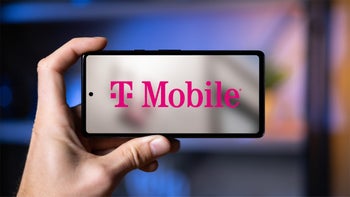

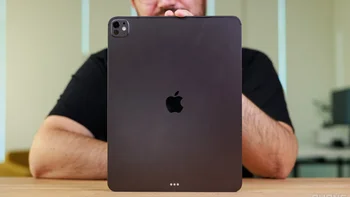
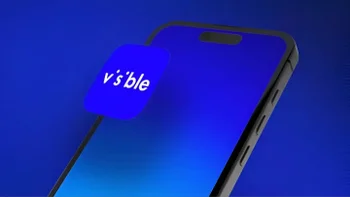

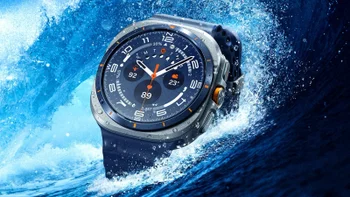
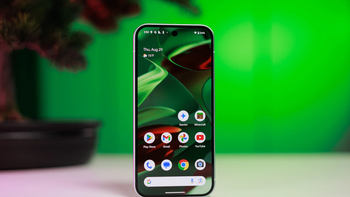
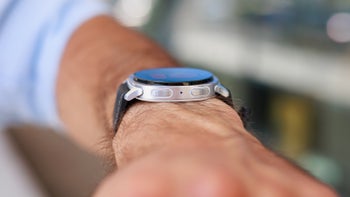
Things that are NOT allowed:
To help keep our community safe and free from spam, we apply temporary limits to newly created accounts: